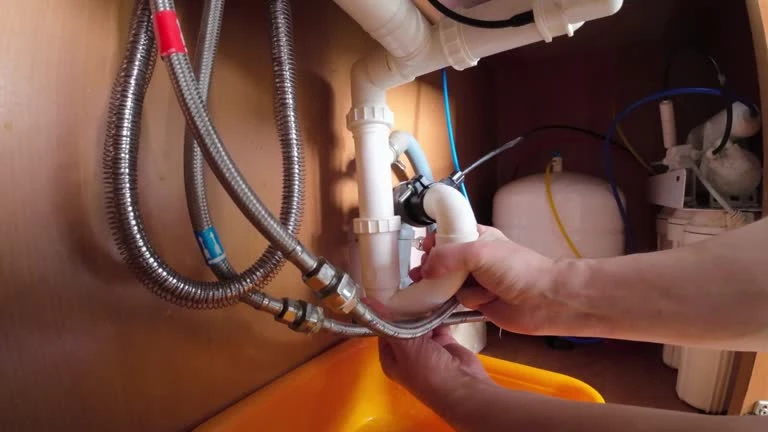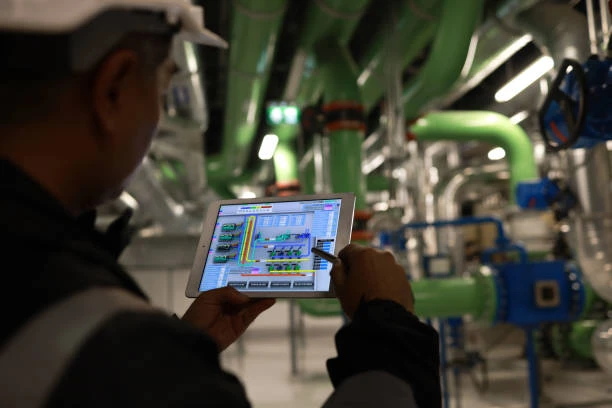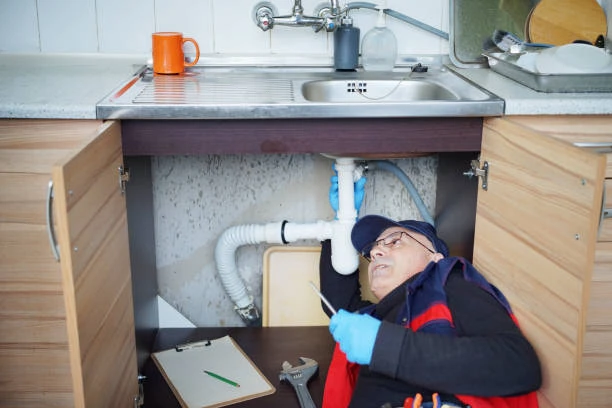Introduction to Brass Fitting: Evolution and Modern Uses
Brass fittings have evolved significantly over time and are now essential in various industrial, plumbing, and mechanical systems. Made from an alloy of copper and zinc, brass offers exceptional durability, corrosion resistance, and workability. These properties make it ideal for use in harsh environments and demanding applications. Brass fittings are used in plumbing, HVAC systems, and industrial machinery, reflecting their versatility. Understanding their historical evolution can help us appreciate their modern-day applications and advantages.
Origins and Early Use of Brass Fittings
The use of brass dates back to ancient civilizations like the Romans and Greeks. They recognized brass for its strength and resistance to corrosion, using it for coinage, tools, and early plumbing systems. Early brass fittings were handcrafted and used in basic systems to transport water. These fittings, while functional, lacked the precision of modern production methods. As metallurgy advanced, brass fittings became more refined and could be mass-produced with greater accuracy, making them more reliable for everyday use.
Industrial Revolution: A Turning Point
The Industrial Revolution in the 18th and 19th centuries was a major turning point in the evolution of brass fittings. With the advent of steam power, railroads, and mechanized manufacturing, the demand for durable and efficient piping and fitting systems grew rapidly. Brass became the material of choice due to its ability to withstand high pressures and temperatures. During this period, standardized brass fittings were developed, which allowed for interchangeable parts in plumbing and mechanical systems. This led to faster production and more reliable installations.
Brass Fitting in Plumbing and HVAC Systems
In modern plumbing and HVAC systems, brass fittings are prized for their longevity and resistance to corrosion. They are often used to connect pipes in water supply lines, especially in areas where the water has high mineral content that might corrode other materials. For example, brass fittings are commonly used in hot water applications, as they can endure higher temperatures without degrading. Additionally, brass’s anti-corrosive nature makes it ideal for HVAC systems, where moisture is constantly present. This helps to extend the lifespan of both residential and commercial heating and cooling systems.
Brass Fitting in Industrial Applications
Beyond plumbing, brass fittings are widely used in industrial applications due to their high strength and excellent sealing properties. In industries such as oil and gas, manufacturing, and chemical processing, brass fittings are utilized to manage fluids under high pressure and temperature. For example, in a refinery, brass fittings ensure that oil and gas are transported safely without leaks or contamination. The ability of brass to resist chemical corrosion also makes it an excellent material for fittings in chemical plants, where aggressive chemicals can degrade other metals.
Innovations in Brass Fitting Technology
Recent innovations in brass fitting technology have improved efficiency, safety, and ease of installation. One key development is the use of lead-free brass, which has become a requirement in many countries for plumbing systems to reduce lead contamination in drinking water. Manufacturers have also introduced push-fit and press-fit brass fittings, which allow for quicker and more secure installations without the need for soldering. These advancements reduce labor costs and enhance safety, particularly in environments where open flames for soldering pose risks.
The Environmental Impact and Sustainability of Brass
Brass is considered an environmentally friendly material due to its recyclability. Nearly all brass used in modern fittings is recyclable, making it a sustainable option for industries aiming to reduce their environmental impact. The durability of brass also means fewer replacements, leading to reduced material waste over time. In green building initiatives, brass fittings are often preferred for their longevity and recyclability, contributing to eco-friendly construction and renovation projects. For example, many LEED-certified buildings incorporate brass fittings in their water and heating systems for sustainability.
Future Trends in Brass Fitting Applications
As technology and environmental awareness continue to shape industries, the future of brass fittings will likely see further innovations. The surge in demand for smart, energy-saving systems has spurred innovation. Brass fittings, fused with sensors and automation, are emerging. In smart plumbing, flow-sensor brass fittings monitor water usage instantly, curbing waste and enhancing efficiency. Additionally, 3D printing advancements promise tailored, intricate brass fitting designs, catering precisely to industrial requirements.
Conclusion: The Lasting Importance of Brass Fitting
From ancient history to modern industries, brass fittings have proven to be a versatile and indispensable component in fluid management systems. Their durability, corrosion resistance, and adaptability to various applications make them a preferred choice for many industries, from plumbing and HVAC to large-scale industrial operations. As technology evolves, brass fittings will continue to play a crucial role in developing more efficient, sustainable, and intelligent systems. With innovations on the horizon, the role of brass fittings is likely to expand even further, ensuring their continued relevance in the future.
IFAN Products international standards
IFAN products strictly adhere to a comprehensive range of international standards, encompassing ISO 15874, EN 15874, ASTM F2389, DIN 8077/8078, GB/T 18742, NBR 15884, ISO 15494, EN ISO 15494, GB/T 19472, NBR 15494, ASTM 2846 (501), DIN 8079/8080 (502), ASTM F441/F441M SCH80 (503), DIN (504), DIN (505), GB/T 18993, AS/NZS 1477, CSA B137.6, NSF/ANSI 14, TIS 17-2532/1131-2535, BS 3505, BS 4346 (801), ASTM D1785 SCH40 (802), ASTM D1785 SCH80 (803), DIN (804), GB (805), GB (806), GB(901), DWV(902), ASTM D2665 (903), along with ASTM D2241, D2665, D2729, and F441/F441M series, ISO 1452, EN ISO 1452, DIN 8061/8062, GB/T 10002, AS/NZS 1477, JIS K6741, CSA B137.3, and other national and industry norms. They also cover stainless steel piping (e.g., ASTM A312) and standards for specialized applications (e.g., GB-T12777-2019, ISO 10380-2012, ASTM F2623), comprehensively satisfying the stringent global demands for high-quality products.
Connect
IFAN is a Chinese manufacturer of plastic pipes, fittings and valves with 30 years of experience. If you are interest in IFAN copper fittings, copper valves, plastic pipes and fittings, please contact us. IFAN offers you a variety of standard pipes to meet your specific needs. Click below to learn more about IFAN’s wide range of affordable and cost-effective valve products and piping system related products.
We will reply your email or fax within 24 hours.
You can call us at any time if there is any question on our production.
For more information,pls visit our webside https://waterpipefitting.com/
Pls Mailto: [email protected]
Whatsapp: + 86 19857948982














Recent Comments